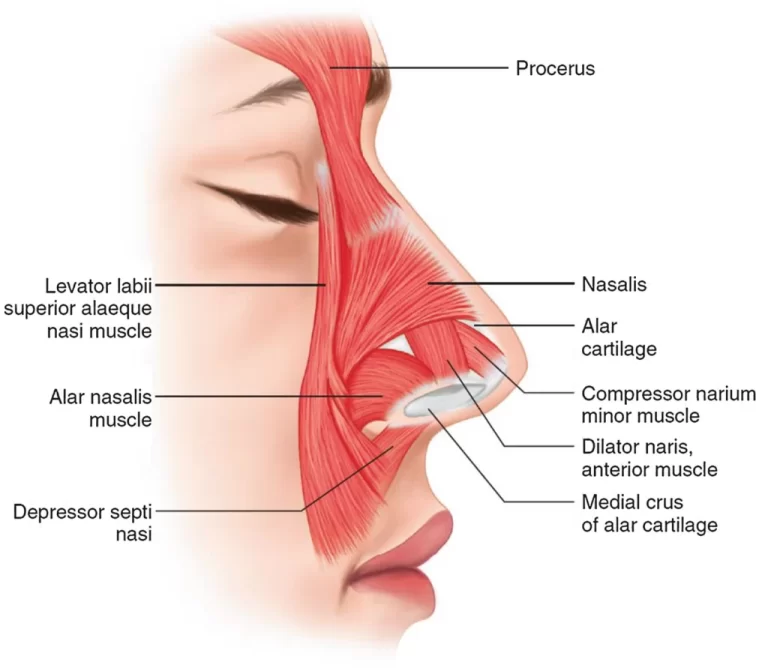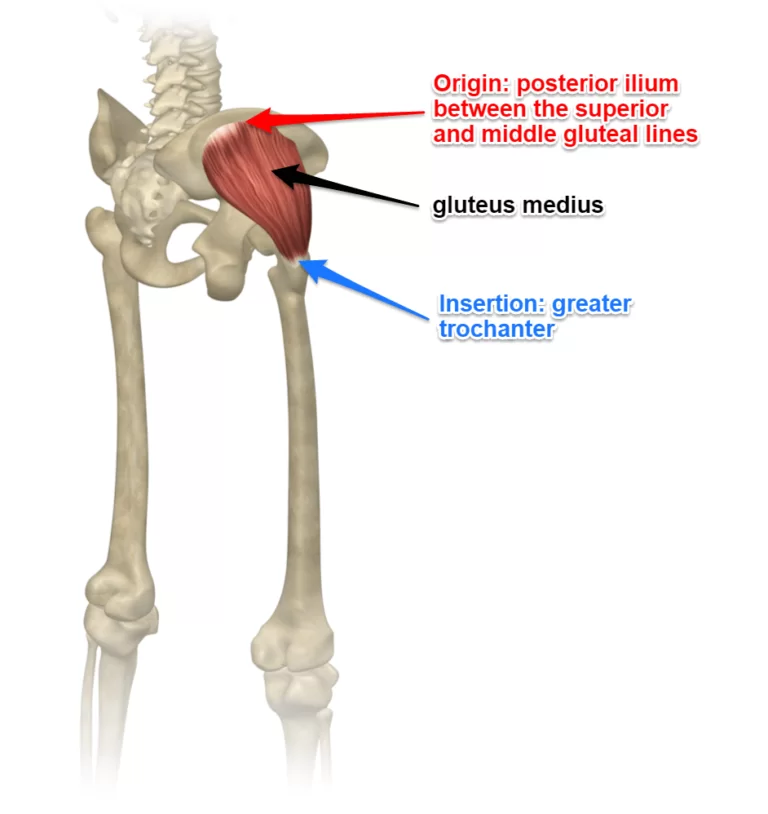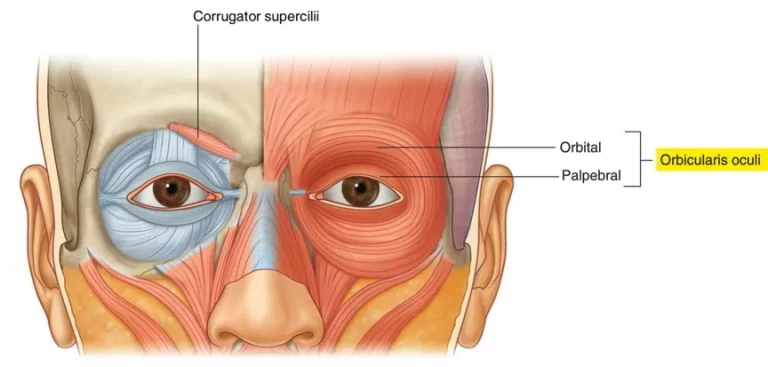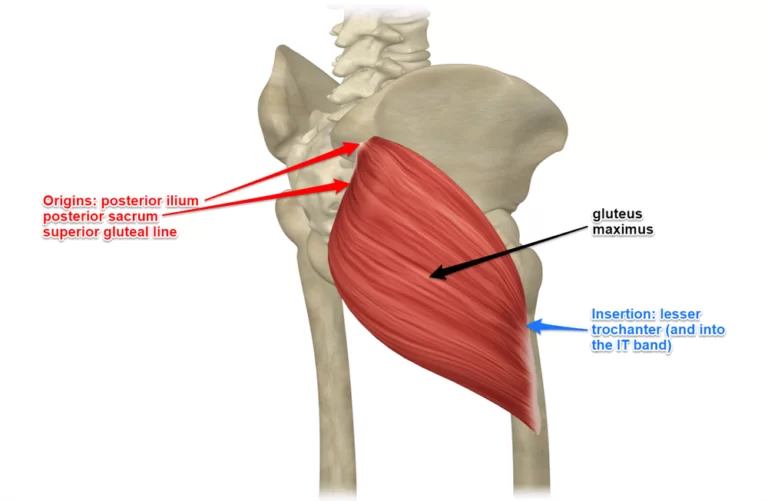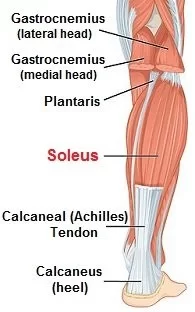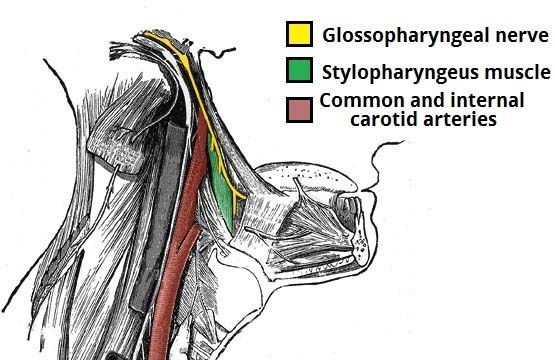Muscle of ankle and intex
Superficial Posterior Compartment : Gastrocnemius Muscle : Gastrocnemius forms the major bulk at the back of lower leg and is a very powerful muscle . The gastrocnemius muscle (plural gastrocnemii) is a superficial two-headed muscle that is in the back part of the lower leg of humans. It runs from its two heads just above…


